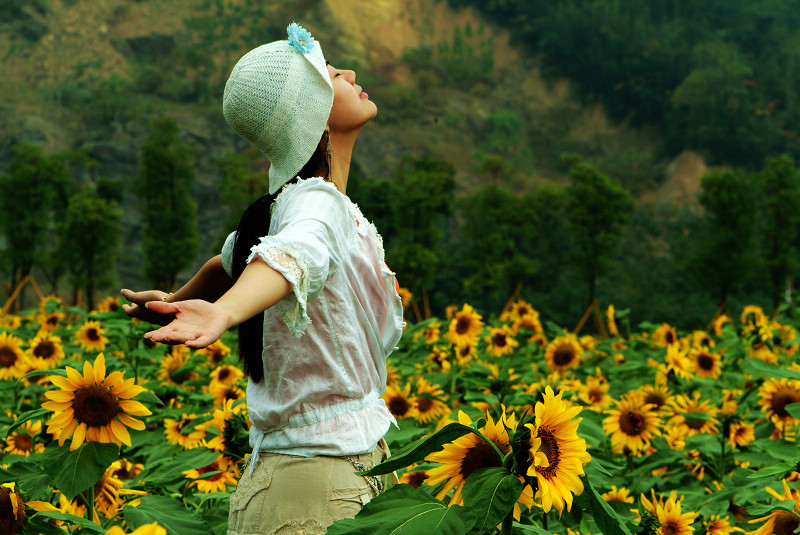Gas exchange occurs between the air in the alveoli and the red blood cells, located in the blood in the capillaries. During gas exchange, oxygen from the air in the alveoli passes into the red blood cells in the capillaries. The blood becomes oxygen-rich. At the same time, carbon dioxide, a waste product carried in the blood and red blood cells, moves into the alveoli. The air rich in carbon dioxide flows out of the alveoli and bronchial tubes toward the nose and mouth. This is known as exhalation.
氣體交換發(fā)生在肺泡空氣和毛細(xì)血管的血液之間。在氣體交換中,肺泡空氣中的氧進(jìn)入毛細(xì)血管的紅細(xì)胞中。血液變得富含氧氣。與此同時(shí),由血液和紅細(xì)胞攜帶的代謝廢物二氧化碳進(jìn)入肺泡。含有二氧化在空氣從肺泡流出,通過(guò)支氣管、口、鼻排出。這就是呼氣。

Meanwhile, the oxygen-rich blood flows back to the heart through the pulmonary veins. The heart then pumps the blood to the rest of the body. Exhalation occurs when your diaphragm and rib cage muscles relax to make the chest cavity smaller. Air rich in carbon dioxide is forced out of the lungs and through the nose and mouth. The lungs are now prepared for another breathing cycle.
同時(shí),富含氧氣的血液通過(guò)肺靜脈流回心臟。然后心臟將血液泵到全身各處。當(dāng)膈和胸腔肌肉舒張時(shí),胸腔縮小,呼氣發(fā)生。于是含有二氧化碳的氣體通過(guò)鼻、口被呼出肺。肺開(kāi)始準(zhǔn)備下一輪的呼吸循環(huán)。











